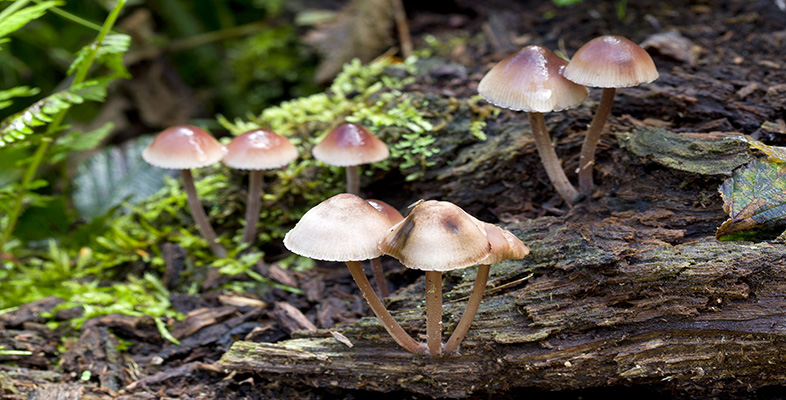1.6 Summary
- Woodlands have a number of vegetation layers. The tops of the tallest trees are in the canopy; the understorey consists of shorter trees and shrubs; beneath this is the field layer, which consists of flowering plants and ferns; the ground layer consists of mosses and fungi, and a layer of rotting leaves and dead wood.
- Ancient woodland is land that has been continuously wooded since at least 1600. Evidence that a wood is ancient can be determined by looking at old maps and by searching for the presence of indicator species and historic features, such as old coppice stools and remnant field boundaries.
- Active management of woodland using methods such as coppicing increases its variety of habitats, which is important for certain species such as the silver washed fritillary.
